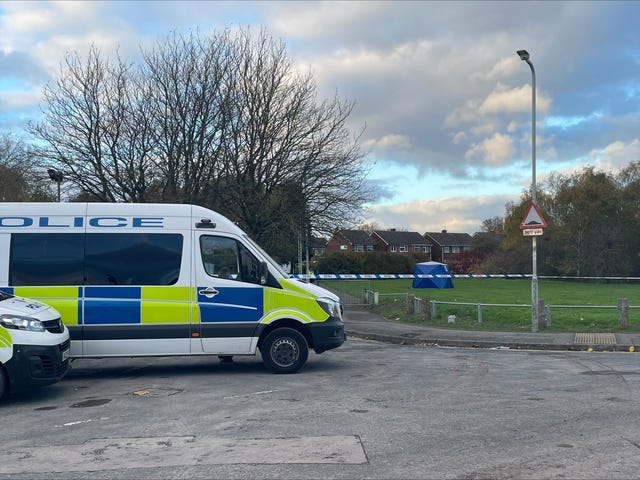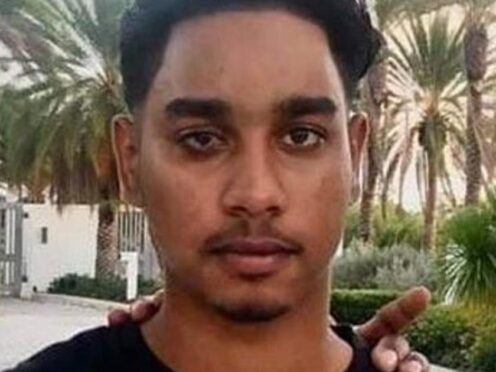A victim of a fatal machete attack was killed by a 23cm-deep wound which almost went the whole way through his body, a pathologist has told a court.
Jurors were told that the weapon went into the victim’s back, between his ribs, through his right lung, into his heart, cut two of the heart’s chambers, and nearly came out of his chest.
Two 12-year-old boys, who cannot be named because of their age, are on trial for murder at Nottingham Crown Court, after denying the charge and blaming each other for the death of Shawn Seesahai, 19, in Wolverhampton, on the night of November 13 last year.
Pathologist Dr Charlotte Randall told jurors on Friday that the surface of the fatal stab wound measured 5cm by 1.8cm and went 23cm into Mr Seesahai’s body.

She told the court: “It started off through his skin and muscle at the back, then passed between the eighth and ninth ribs at the back to enter the chest cavity on the right side.
“It passed through the lower lobe of the right lung. It cut the lower edge of the middle lobe.
“It then entered the sac around the heart, then cut two of the chambers of the heart – the right ventricle and right atrium – before exiting the sac around the heart again.
“It then penetrated through the base of the sternum bone. It finished within the muscle at the front of the chest wall.”
Dr Randall said that the degree of force needed to cause such an injury would be at least moderate, but she could not “exclude a severe degree of force”.
She said it is “very difficult” to predict how quickly Mr Seesahai would have died after this injury, but she believed it “would only be a matter of seconds to minutes”.
Mr Seesahai also suffered an incision 7.8cm long and 2.5cm deep to the back of his head, which went through his scalp and into the skull, creating a “flap” of bone, the court heard.
Dr Randall added that it was possible the machete “may have been responsible for causing all of the injuries” inflicted on Mr Seesahai.
The court heard the fatal wound “almost came out of the other side” of the victim’s body and left a bruise on his chest.

Dr Randall also told the court that the victim suffered a 2cm-deep stab wound to the front of his lower arm which “terminated” at the humerus bone, and an incised wound to his lower left thigh.
Mr Seesahai also sustained abrasions to his left thigh, right shoulder and back.
Asked if the 23cm-deep wound would have killed the victim quickly, the witness answered: “It’s very difficult to predict. Some people may collapse immediately.
“As a consequence of the stab wound there would be a reduction in the circulating blood due to blood loss, and a drop in blood pressure, which leads to collapse, unconsciousness and ultimately death.”
After being invited to comment on whether the machete and a small lock-knife recovered after the death could have caused the injuries, Dr Randall said the smaller weapon may have caused some injuries but not the fatal wound.
She said of the machete: “It may have been responsible for causing all of the injuries.
“The wound to the head, in my opinion, is also likely caused by the machete.
“The injury to the bone is typical of the chop-type mechanism which is quite often seen with machete-type knives.”
The trial continues.
